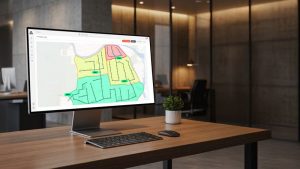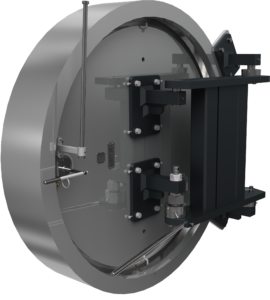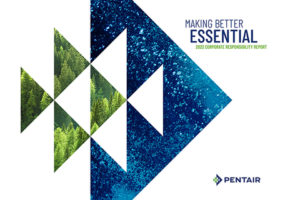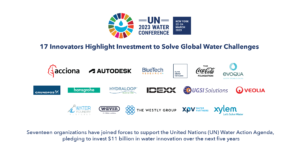Remote access gave utilities Covid-19 advantage, says review
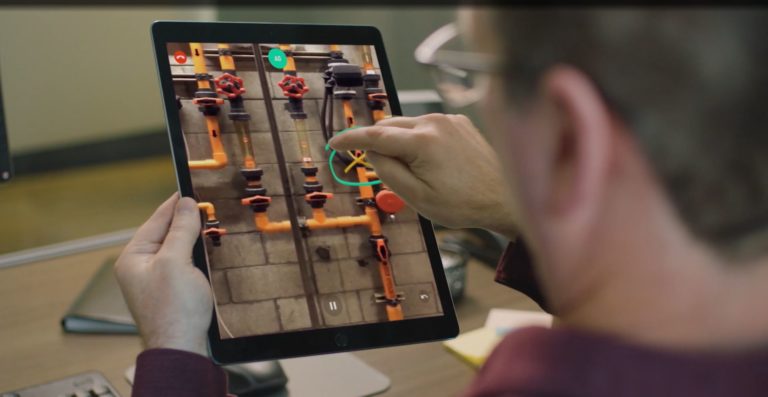
An AI platform from Rockwell called Vuforia Chalk was one of 100 technologies Isle analysts considered suitable to help utilities deal with the Covid-19 public health crisis. (Image source: Isle Utilities)
The information comes from a report carried out by technology consultancy Isle on behalf of the Water Action Platform collaborative initiative.
The study’s aim was to find technologies that can help water utilities deal with the coronavirus public health crisis. Isle’s technology analysts asked utilities around the world about their specific challenges in the technical, organisational and operational spheres.
Speaking on the Water Action Platform webinar on 20 August 2020, Isle’s Covid-19 lead, European director Matthew Stephenson said, “This technology review has involved a study of the latest global understanding of the virus in relation to water and wastewater. The most significant impacts on water utilities were the disruption and complication of lockdowns, social distancing measures and staff absence due to illness.
“From early discussions with some water utilities, those who already had remote access to their systems were clearly at an advantage when lockdowns began. One could argue that remote access to systems has been the single most important technology during the pandemic.”
Isle’s analysts found 28 technologies that remove or reduce the need to travel to site and offer incremental steps towards a more remote utility operation. These include KickTheMap, a mobile app developed in Switzerland, which enables users to carry out instant 3D-mapping, which Stephenson said was “very useful for initial site surveys and risk assessments”.
Another was Vuforia Chalk, an artificial intelligence platform from US-headquartered Rockwell Automation, which allows teams to communicate online and share knowledge intuitively. “Perhaps of real use in standby situations where there may not be enough time to get to site,” said Stephenson.
Some 200 technologies were reviewed by Isle’s analysts for the Technology Horizon Scan and 100 suitable solutions found, which are now accessible on a purpose-built online portal. The review was split into four components:
- Virus detection and testing
- Removal and deactivation of the virus
- Remote monitoring and control
- Solutions to help manage the crisis as a whole.
The focus for technologies that can detect the virus in water and wastewater was on field kits offering rapid indication of the presence of SARS-CoV-2. Technologies from Texas-based Water Lens, Luminultra, which is headquartered in Canada, and UK company Oxford Nanopore are all highlighted.
Systems that can make sense of the test data by connecting results with location and advanced analytics for wastewater-based epidemiology were also featured. Technologies highlighted included those from GoAigua in Spain, Biobot Analytics (US) and Kando (Israel/US).
The advice of the World Health Organisation is that traditional water and wastewater processes are sufficient to remove the risk of the virus entering into the water system. However, the review sought specific evidence about which parts of various treatment trains could remove or deactivate the virus in order to give utilities greater clarity and confidence.
Chlorine-based disinfection and UV treatment were found to be particularly well evidenced, but definitive research on ozone treatment was not found by the study. On removal of SARS-CoV-2, it is already known that the larger pore sizes of microfiltration do not guarantee removal of the virus, while the many ultrafiltration, nanofiltration and reverse osmosis technologies, which all have pore sizes less than 50nm are effective.
Other technologies highlighted included devices for physiological surveillance to manage staff health. They include many for the fast or mass monitoring of temperature and wearable devices for monitoring vital health indicators, even coughs.
“The Covid-19 Technology Horizon Scan has been fantastic in bringing forward technologies that we wouldn’t usually have been looking for,” said Stephenson. “We have seen a huge array of digital solutions, many around communications, that utilities can pick up and use very quickly.
“The report is also very valuable to utilities in understanding the evidence behind different treatment technologies, to give them the fully picture.”
Source: Isle Utilities

